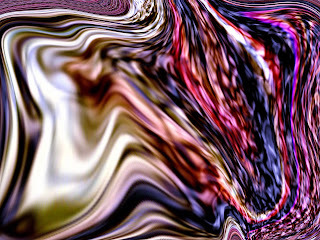Information Research
There are multiple interrelated dynamics, analysis, synthesis, critical reasoning, or creative thinking, etc, research methods.
 Human societies are complex with a long history; from the past to the present, quite a lot of complex problems haven’t been solved thoroughly. Thus, research on varying subject domains helps to dig deeper, investigate cause-and-effect relationships, discover hidden patterns, and explore the “art of possibility.”
Human societies are complex with a long history; from the past to the present, quite a lot of complex problems haven’t been solved thoroughly. Thus, research on varying subject domains helps to dig deeper, investigate cause-and-effect relationships, discover hidden patterns, and explore the “art of possibility.” Information Refinement: The substance of research generally refers to data analysis, which is the process of systematically collecting, cleaning, transforming, describing, modeling, and interpreting data, generally applying statistical techniques. Data analysis techniques are used to gain useful insights from datasets, which can then be used to make operational decisions or guide future research. For data to be analyzed, it must first be collected and stored. Raw data must be processed into a format that can be used for analysis and cleaned so that errors and inconsistencies are minimized. After the data are effectively collected and cleaned, they can be analyzed with a variety of techniques.
Information Analysis: Analysis often begins with descriptive and exploratory data analysis. Descriptive data analysis uses statistics to organize and summarize data, making it easier to understand the broad qualities of the dataset. Exploratory data analysis looks for insights into the data that may arise from descriptions of distribution, central tendency, or variability for a single data field. Data analysis frequently goes beyond descriptive analysis to predictive analysis, making predictions about the future using predictive modeling techniques. Predictive modeling uses machine learning, regression analysis methods, and classification techniques to identify trends and relationships among variables.
Information Visualization: Data visualization enhances research communication by graphically representing real or simulated scientific data, aiding in the creative realization of scientific ideas, especially in computer science. In business exploration and production, data visualization integrates seismic data with record logs, converting statistical data into graphical analyses of varying sizes and shapes. These visualizations, ranging from small computer monitors to large-scale configurations, simulate interactive reservoirs of flowing information and test uncertain geological features. Look forward to the smooth and seamless integration of these data visualization products into the mainstream products, and also solving the new buzzing Big Data puzzle.
There is the art and science of research. There are multiple interrelated dynamics, analysis, synthesis, critical reasoning, creative thinking, etc, research methods. They are all good cognitive techniques to look for patterns, rather than isolating causes; clarify logic and articulate cause-and-effect, deepen research, and advance human society.
Follow us at: @Pearl_Zhu


